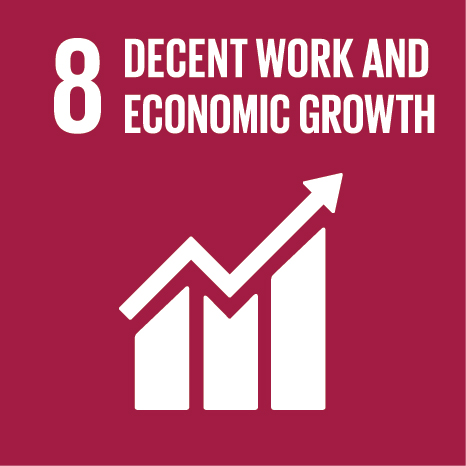Ciência_Iscte
Publications
Publication Detailed Description
Exploring patterns of multiple climates and their effects on safety performance at the department level
Journal Title
Journal of Safety Research
Year (definitive publication)
2020
Language
English
Country
United Kingdom
More Information
Web of Science®
Scopus
Google Scholar
This publication is not indexed in Overton
Abstract
Introduction: This paper represents a first attempt to fill a gap in research about different specific climates and safety outcomes, by empirically identifying patterns of climates and exploring the possible effect of different climates at the department level on some specific safety outcomes. The first objective was to explore how different specific climates (safety, communication, diversity and inclusion) can be associated to each other, considering the department level of analysis. The second objective was to examine the relationships between those patterns of climates with safety performance (compliance and participation behaviors). Method: A total of 429 blue-collar workers in 35 departments answered a questionnaire covering safety, diversity, inclusion, and communication climate measures. Cluster analysis was performed to identify clusters of departments with different climate patterns and their impact on safety compliance and safety participation behaviors. Subsequently, a hierarchical multiple linear regression was conducted at the individual-level to test the effect of climate patterns, by controlling for some sociodemographic variables. Results: Results showed the existence of four differentiated clusters of departments. Three of those clusters showed homogenous patterns (coherent association among perceptions of low, medium and high climates) and one heterogeneous (low and medium perceptions). The findings also revealed that the higher the climates perceptions, the higher the levels of safety participation and safety compliance, with safety participation being more affected than compliance. Conclusions: The present research showed the associated effects of some organizational climate factors, such as fair treatment, inclusion, safety and communication within the organization, which had not been previously studied in their combined relationships, on safety behaviors. Practical applications: Several other organizational climate factors, such as fair treatment, inclusiveness and communication, may play an important role in safety, showing the importance of broadening the focus on safety climate as one of the main predictors of safety behaviors.
Acknowledgements
--
Keywords
Safety,Diversity,Inclusion,Communication,Climate
Fields of Science and Technology Classification
- Psychology - Social Sciences
- Economics and Business - Social Sciences
Contributions to the Sustainable Development Goals of the United Nations
With the objective to increase the research activity directed towards the achievement of the United Nations 2030 Sustainable Development Goals, the possibility of associating scientific publications with the Sustainable Development Goals is now available in Ciência_Iscte. These are the Sustainable Development Goals identified by the author(s) for this publication. For more detailed information on the Sustainable Development Goals, click here.

 Português
Português



